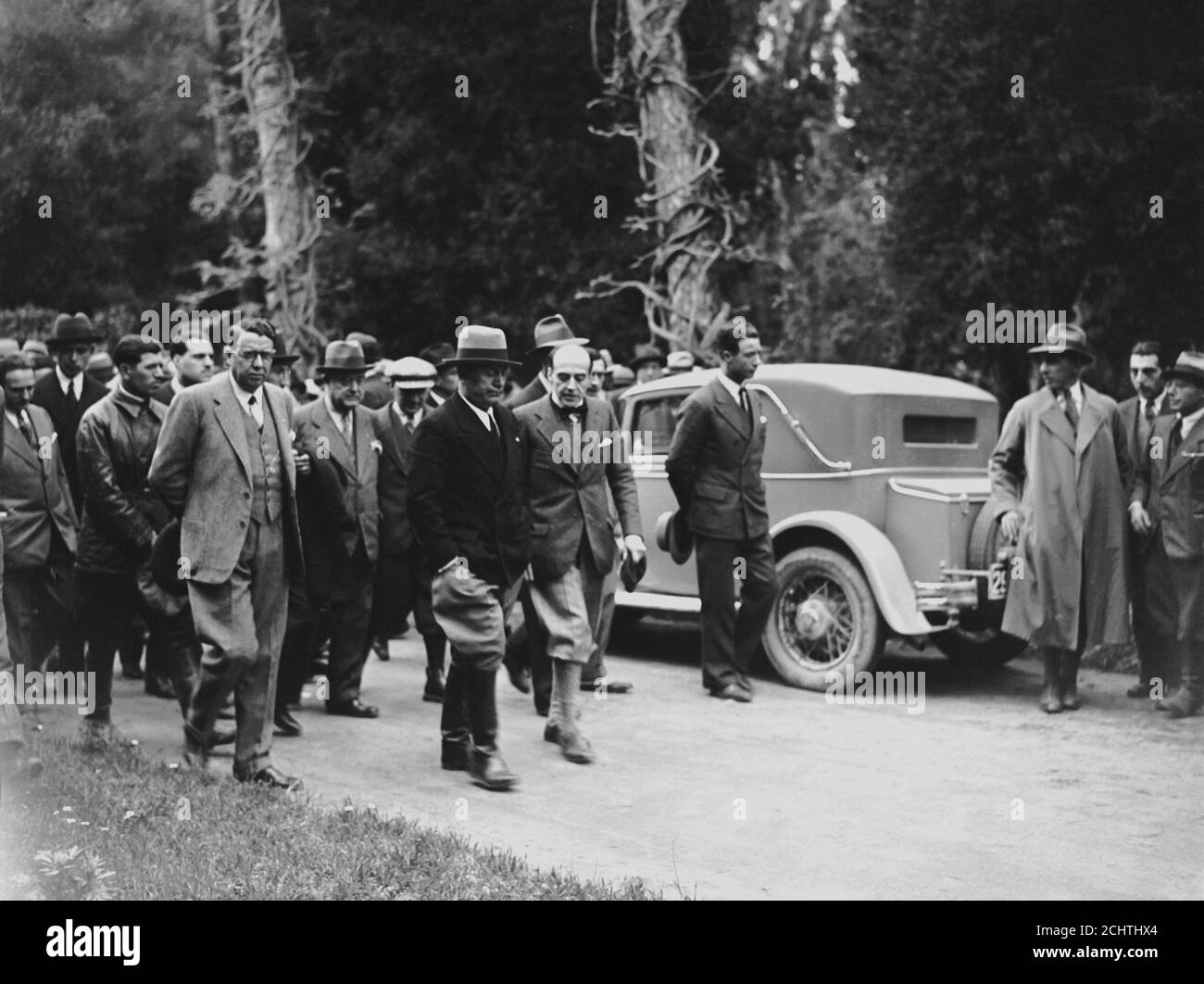



With a range of 3,500 miles, and a bomb capacity in excess of four tons, the heavily armed B-29 was America’s newest and mightiest weapon. Other islands would come first, but upon seizing the Marianas, the United States could either starve Japan by isolating it from its resource base in the Southwest Pacific or threaten Japan directly with aircraft carriers, long-range submarines, and bombers. Ellis had excluded the Marianas from his proposal, but King believed that they were the key to ultimate victory in the Central Pacific. The centerpiece of Admiral King’s plan was the Mariana Islands, a chain of fourteen volcanic islands, including Saipan, Guam, and Tinian, most of which were uninhabited, situated north of the island of New Guinea and south of Japan in the Philippine Sea. The Central Pacific, the blue-water highway to Tokyo, was his baby. Twenty-three years later the Navy’s drive across the Central Pacific followed the essential details of his plan.ĭespite Ellis’s prescription for success, the invasion of the Central Pacific never would have happened without the persistence and vision of Admiral Ernest King, Commander-in-Chief, United States Fleet and Chief of Naval Operations. After studying islands and distances, he expanded on a plan by the Naval War College (War Plan Orange) and established a groundbreaking blueprint-Operation Plan 712, Advanced Base Operations in Micronesia-for defeating Japan. Over two decades later Ellis’s prediction came true.Įllis, however, was not just a doomsayer. In 1921 a Marine staff officer by the name of Major Earl “Pete” Ellis made an ominous forecast: the assignment of Germany’s former island colonies in the Central Pacific to Japan under the League of Nations mandate would one day make war in the Pacific inevitable.


 0 kommentar(er)
0 kommentar(er)
